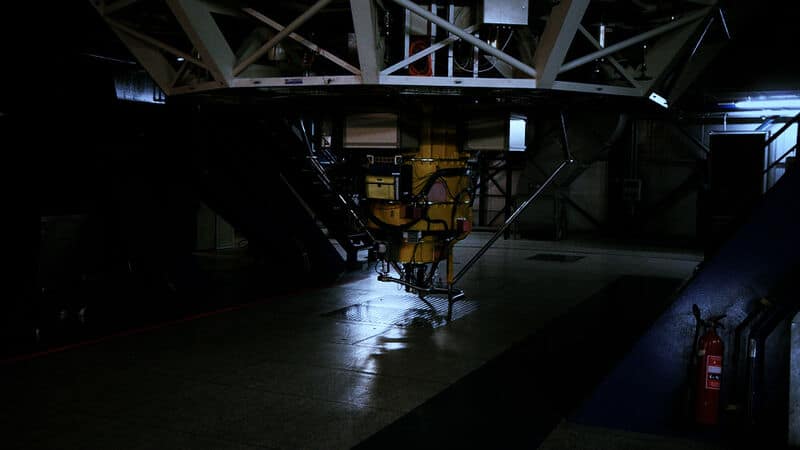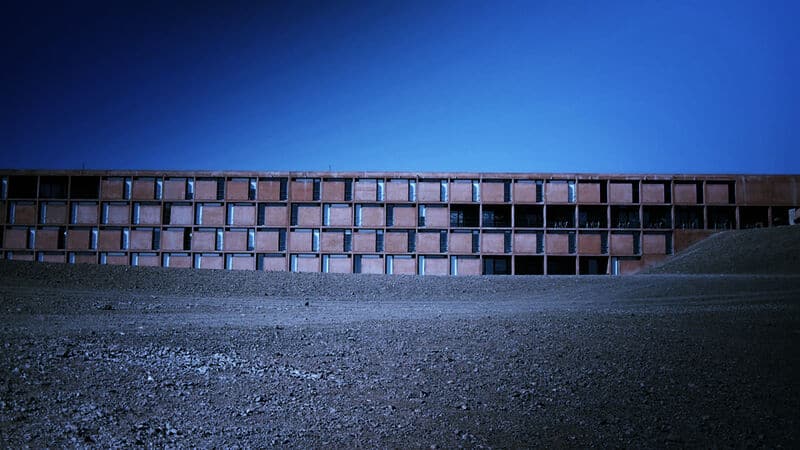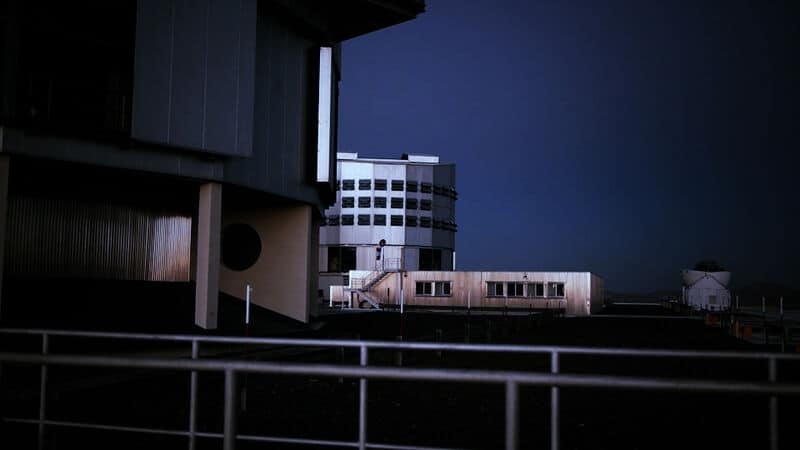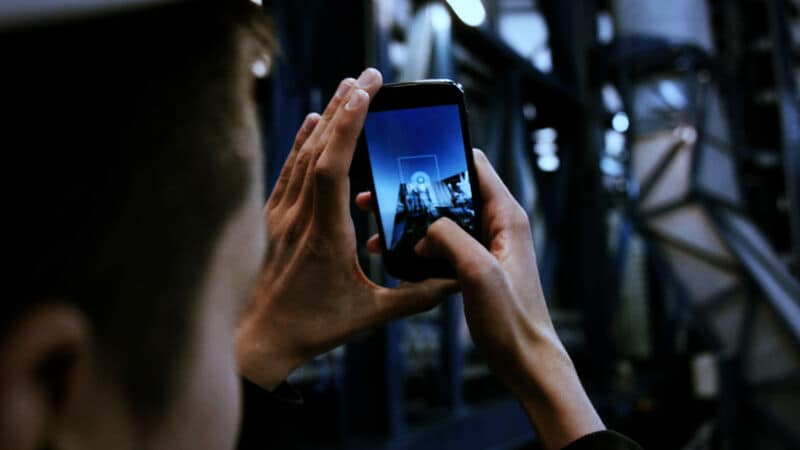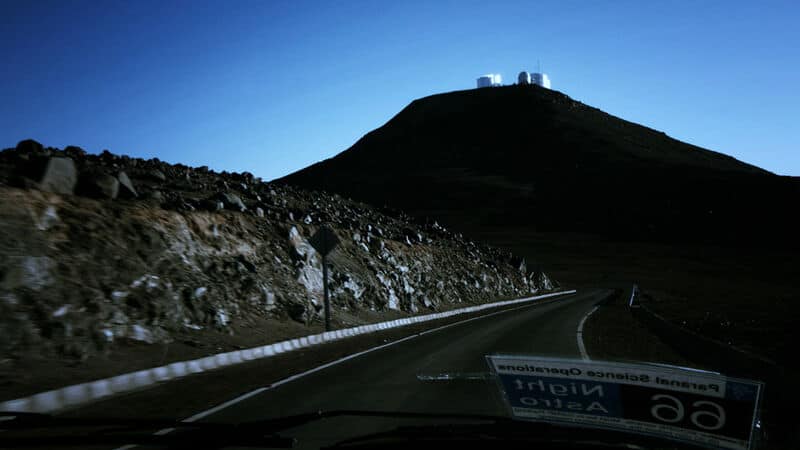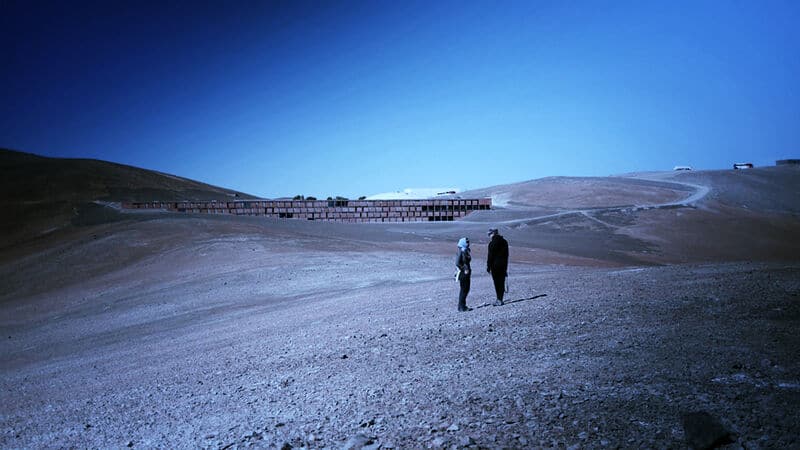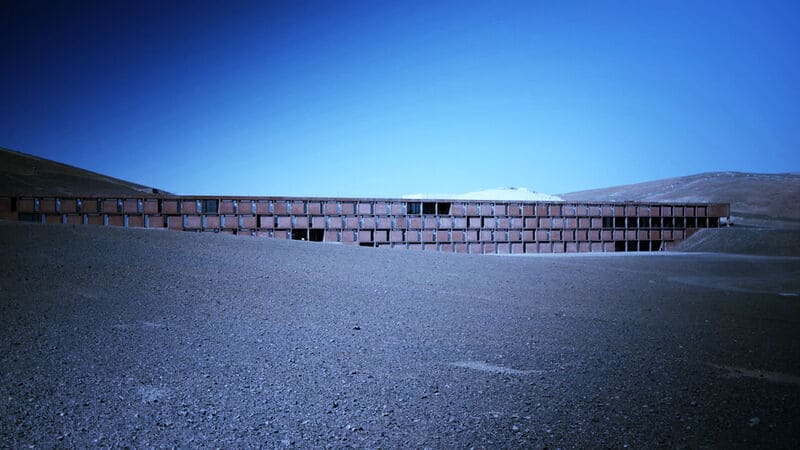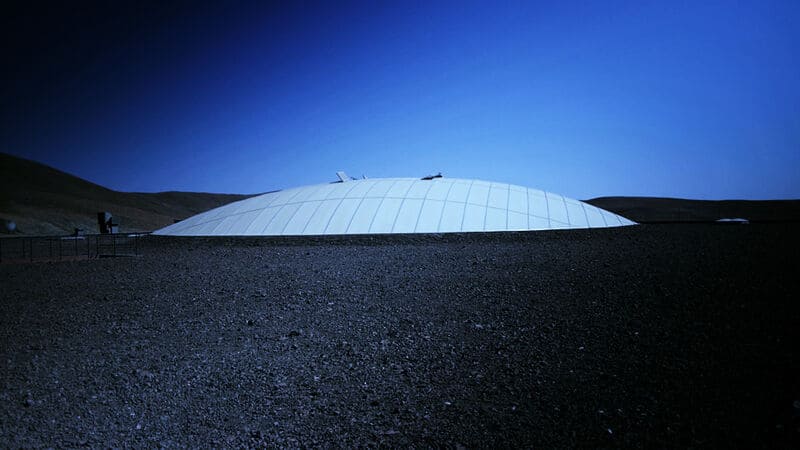La luz en el agujero negro – The light in the black hole

A conversation with CChV/Bienal de Artes Mediales de Santiago de Chile
El omnipresente mundo digital para Michael Saup, pareciera tener las condiciones de un sueño: un lugar dónde vivimos, sentimos, experimentamos y al cual volvemos todos los días, seamos o no conscientes de eso. Algo cómo la vida misma, pero con cualidades, reglas y capacidades propias.
La residencia de Michael Saup tuvo lugar en el año 2013, y estuvo estrechamente ligada a su participación en la 11a Bienal de Artes Mediales de Santiago. Ya para la década de los 90, Saup se había interesado en el computador y sus potencialidades, pero ese interés, tuvo un punto de inflexión cuándo empezó a estudiar la Energía y sus formas. Ahí, fue dónde encontró un mundo físico que pareciera permanecer invisible a nuestros sentidos y consciencia: El mundo que Michael Saup habitaba en la década de los 90, reflejaba ya una cultura adentrada en la ilusión de lo inmaterial. La energía que aparece y permanece accesible mágicamente, era la piedra angular de los avances tecnológicos y la revolución digital: el Wireless, los gps y la radioactividad, así como los electrones responsables de mantener la información en los computadores, son evidencias de ese cambio cultural que se hizo patente durante el siglo XXI.
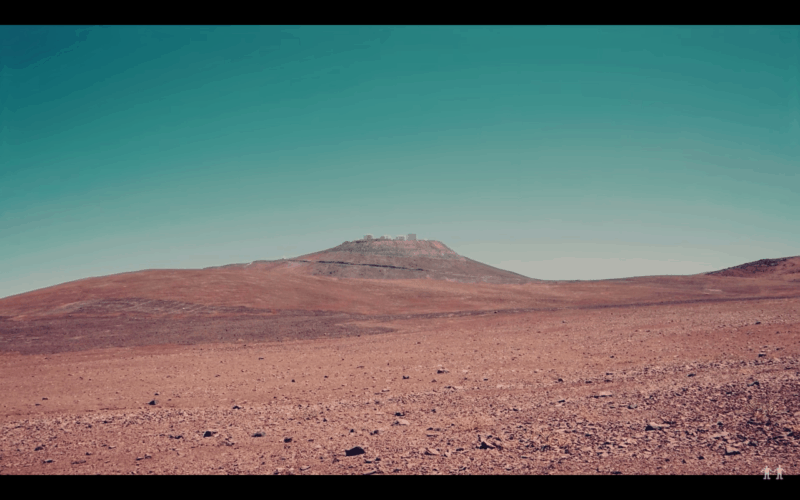
En estos cambios, Saup reconoce un común denominador: La radiación. A través de la residencia en el Observatorio ESO, el artista encontró otras señales de ese mundo inmaterial, y lo llevó a entender el uso que como humanidad, le damos a esa energía: una cultura basada en lo invisible, en una Energía que es portadora de información que nos da pistas del origen del universo, de las propiedades del tiempo, de los cuerpos celestes, de los agujeros negros y de la basta dimensión que nos atraviesa día a día, sin embargo, la hemos decidido utilizar para prometernos progreso, para ser operativos dentro de una máquina social, para permanecer inmersos en un mundo inorgánico y que su contra cara tiene el derretimiento de los glaciares en los polos, las sequías extremas, el consumo de la energía fósil y la inevitable transformación en basura tecnológica en un futuro no muy lejano.
Todas estas son de alguna forma, reflexiones que convergen en “La luz en el agujero negro”, trabajo en video que fue el resultado de su paso por las noches estrelladas del desierto de Atacama, Chile, en el contexto de la residencia de Arte y Astronomía.
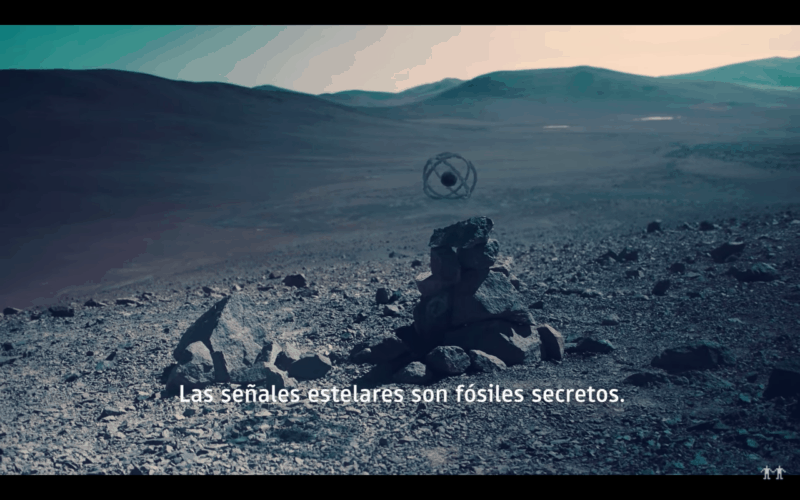
Pie de foto 2, 3 y 4
La luz en el agujero negro
2013
Fotogramas de video
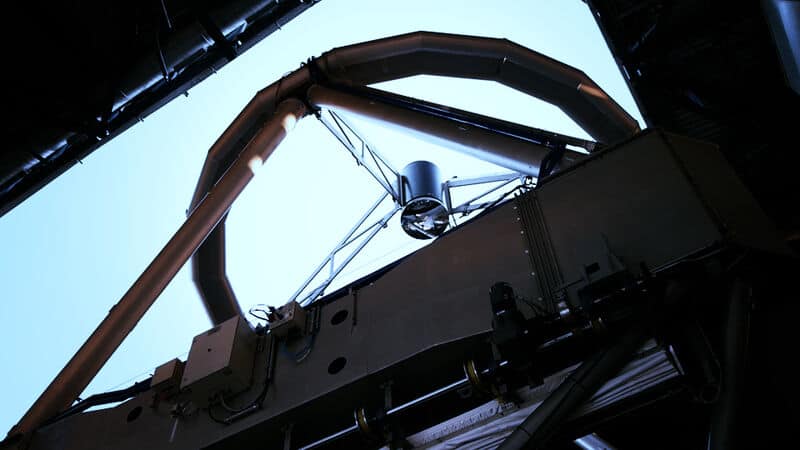
1.- Could you tell us how and when the link between art and astronomy began in your work?
In the year 1999 I decided to start a personal investigation into the world of energy. As it turned out, the invisible in the form of radiation had established itself as an omnipresent media in society but somehow remained absent from our cultural consciousness. Wireless networks, phone systems, GPS location services and radioactive strategies all contributed to the rather new state of immateriality our culture had adopted during the last 60 years. Even energy itself was starting to be transmitted via wireless power transfer.
Working in the field of binary digital art at that point, I came to understand that I needed to learn more about the underlying atomic and subatomic language since all the bits in our computers were stored via electrons that needed a supporting grid of electricity to deliver the required energy of operation. At that point I adopted radiation into my repertoire of art and examined scientific research sites, nuclear power plants and exclusion zones investigating the world of probability, decay and half-life.
After being invited to the Bienal de Artes Mediales 11 in the Museo Nacional de Bellas Artes in Santiago de Chile in 2013, I was also introduced to the Paranal Observatory in the Atacama desert of Northern Chile by ESO, the European Southern Observatory. Among their observations are the oldest memories of the universe transmitted via radiation bridging distances in the range of thousands of lightyears. Especially the black hole in the center of the Milky Way named Sagittarius A* plays a main role in their investigations emitting pulsing patterns of energy.
2.- How did your experience at the observatory benefit your artistic works, processes and artistic ideas related to the concepts of light, time and distance?
The experience at the observatory opened a large window into the perception of time and brought me a full step closer to the penetration of the universal sphere via thought. Unforgettable is the silent beauty of the Atacama desert. And yes, for a little while I had found a place of absolute silence, where no signals and sounds where penetrating perception and contemplation. In fact, it has been the only such experience for the last decades that I was happy to witness.
Let me quote my text “Time” from a collaboration with German musician FM Einheit:
Time is the oldest expression and memory of matter. It is contained and expressed through half-life, the interval required for a radioactive substance to reduce to half of its initial energy. The primordial cascade of continuous atomic decay defines the beginning and ending of the universal clock.
On earth, the sun has been the indicator of time for millions of years. This is reflected by the circadian rhythm, the natural process that regulates the sleep-wake cycle of organisms repeating every 24 hours. Prediction and adaption to such recurring events in the environment are fundamental to survival. Life was always synchronised to time.
After the advent of nuclear science during World War II, the medium time has been detached from the solar cycle. The sun, herself a nuclear process, has been replaced by atomic clocks. Today, one second is defined by nine billion one hundred ninety two million six hundred thirty one thousand and seven hundred seventy cycles of microwave light absorbed or emitted by caesium atoms. As the importance of time in society is absolute, this cultural recalibration of time reveals sequential quantity as an atomic quality at the core of society.
For several hundred years, our intellectual coordinates have been mapped to the employment of information as a description of the new absolute.
The application and supposed mastery of time and information is really the reiteration of the profound error inducing the shift from digital society employing bits stored via electrons to uniform society employing binary democracy via social machinery.
Once again, prediction and adaption to recurring events in the environment are fundamental to survival.
Once again, we have to become masters of our time.
For dust we were and to data we have returned.
World, the destroyer of time
3.- Could you tell us about your reflection and thoughts on modernity, astronomical and political research?
My reflection has not changed much in the last 20 years, allow me to quote our manifesto from 2003, which i slightly updated recently:
digital declaration by the infossil corrective
we have mutated from collective, connective to corrective.
let us correct you, before it is too late.
culture is only good for entertaining the troops in times of crisis.
virtual culture has only been understood by it’s chinese inventors and binary mister leibniz.
computers need so much energy for production and operation, that glaciers will melt.
software is a blindborn virus.
all hardware will rot.
the internet spams so much fossil energy,
that the sahara desert will reach your garden very soon.
dot means tod meaning death.
media gives the deepest kisses.
media kissing is soulsucking deep.
unplug now and reverse this dream.
unplug now and reverse the stream.
exit reset the social machine.
digital means finger.
you have 10 to operate 2 hands.
do something now.
